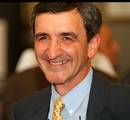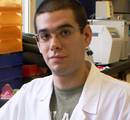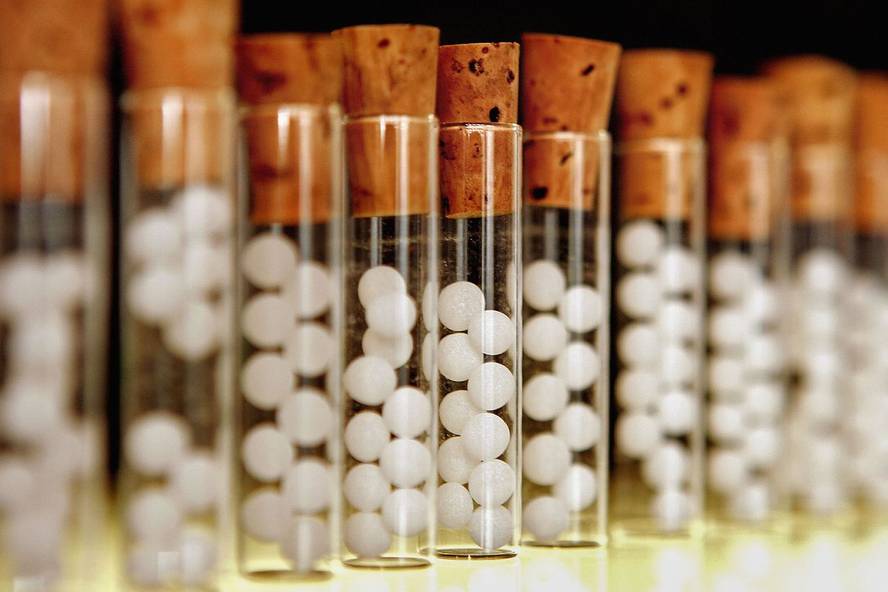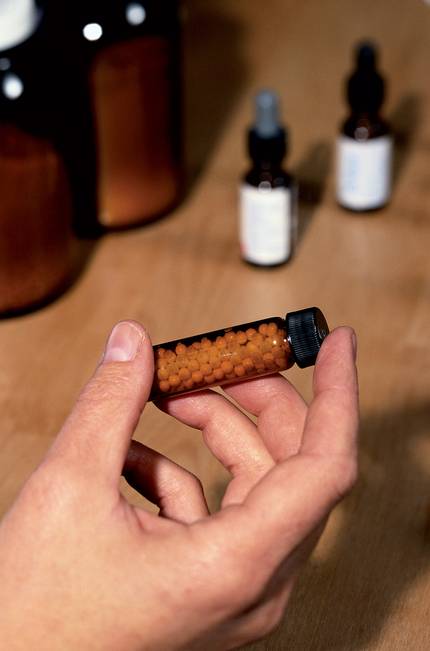Homeopathy: bad memory of water
In 1810, homeopathy was based solely on norms reflected by Hahnemann, published in Heilkunde de Organon der rationellen. The basic rule of homeopathy is the law of fellows: simila similibus curantur (similar healing). According to this law, a substance that produces certain symptoms in healthy people could be cured in a sick person. For example, because coffee produces insomnia, the effect can be reversed and used to cause sleep.
For unknown reasons, Hahnemann wrote that in order to reverse the effect the substance must be very diluted. Very diluted. Hahnemannian tissue dilutions or CH dilutions come into play. In fact, Hahnemann has written that a remedy is all the more effective the more diluted it is. According to these ideas, homeopaths complement their preparations from the so-called mother tincture, which can be a mineral mother or a vegetable extractive. 1 The CH dilution is done by taking a volume of ink from the mother and diluting 99 volumes in water. 2 The dilution CH would be done by taking a dilution volume 1 CH and diluting it in 99 volumes of water, thus obtaining the typical dilutions of the preparations currently on sale: 10 CH, 30 CH, 200 CH, etc.
In addition, according to Hahnemann, in order for the remedy to work, all dilutions (sucusion) would have to be forcefully beaten. Finally, the prepared solution is sprayed on the granulates of lactose and sucrose, which are introduced in containers for sale in pharmacies. Considering that the dissolution of a single molecule of active substance in water entering a sphere of the size of the sun would amount to a dilution of 26 CH, it is difficult to understand that a disease can be treated by the spraying of this solution in the sugar granules.
It is true that Hahnemann had an initial success (then medicine was not very developed and could be dangerous) and that homeopathy spread relatively quickly throughout Europe. However, over the next two centuries, medicine has evolved based on evidence, clinical trials and scientific advances, becoming as it is today. Homeopathy, however, has not changed, remains anchored in the norms that Hahnemann reflects. Needless to say, neither Hahnemann nor his contemporaries knew some of the aspects on which science is based today, such as the Avogadro number, which annul all the rules of homeopathy. However, homeopathy remained intact in the 20th century. In the early years of the century, thanks to the protection granted in Europe by the Nazis and some American senators, such as Royal S. Copeland introduced major amendments to homeopathy in some laws (Federal Food, Drug, and Cosmetic Act, 1938). But after World War II, many scientists underestimated the purposes of homeopathy.
From past to present
In 1988 homeopathy resumed when the prestigious journal Nature published an article directed by Jacques Benveniste. The article detailed a series of experiments on the activation process that occurs in some white blood cells by the action of antibodies in certain allergens, determining that this activation was also produced when the antibodies were in very diluted aqueous solutions, similar to homeopathic ones and superior to the limit of the number of Avogadro. According to the authors, water could be organized around the antibody, taking as a model the antibody, by a certain molecular organization of hydrogen bonds (the chemicals we call them clusters).And when the antibody is no longer present in large dilutions, the water maintains its structure or "remembers" its structure, causing the activation of the white blood cell.
Along with the article, the editor, John Maddox, published a note expressing his reluctance to the article and that the scientific community published it to publicize the errors of the article. In addition, the editor managed to get Benvenist to recognize that an independent group of researchers did experiments in his laboratory. The team detected numerous design errors, as well as a great lack of critical criteria and correction. Therefore, it was impossible to repeat the experiment as it was. However, for homeopathy believers the water's ability to remember substances was definitely proven.
The absurdity, however, did not end in 2004 with the death of Benveniste, since the French virologist Luc Montagnier appointed his representative. Montagnier won the Nobel Prize in Medicine in 2008 for his work in the search for HIV and in 2009 published an article in which homeopatists have found scientific evidence in favor of water memory. According to the study, water undergoes structural transformations after having been in contact with the DNA of some pathogens, which would be stored in the memory of water and could emit electromagnetic waves. These waves could regenerate the original microorganisms. According to Montagnier, ultrailusionated solutions that have contained a specific DNA could be used for therapeutic purposes to treat neurodegenerative diseases. At the moment, none of Montagnier's confirmations have the least scientific consensus.
One of the characteristics of the incoherence of the hypothesis of water memory is how it is possible that this memory is so selective regarding the active principle of a preparation and, at the same time, “forget” all the molecules that have passed through its environment throughout its life. Also, how the memory of water is transferred to the lactose and sucrose granules, what are the final receptors of this active substance or what is its "image" in the water. On the other hand, it is demonstrated that the structures or clusters that form water molecules are destroyed in a few femtoseconds (10–15”). Therefore, this rapid reorganization of the hydrogen bonds reveals the absurdity of the hypothesis of water memory, structures that will hardly remember anything.
Consequently, it should be noted that homeopathy, for the moment, has not shown, in rigorous scientific research, to be more effective than placebo. These are not just isolated cases but broad meta-analyses and systematic reviews of numerous studies. This is, in short, what differentiates medicine from sasimedicine: scientific evidence and clinical trials. As Isaac Asimov said, I will believe anything, regardless of madness or ridiculousness, if there is evidence for it. The more madness or ridicule it is, the stronger the evidence will be. That is why we do not believe and no one should believe.









